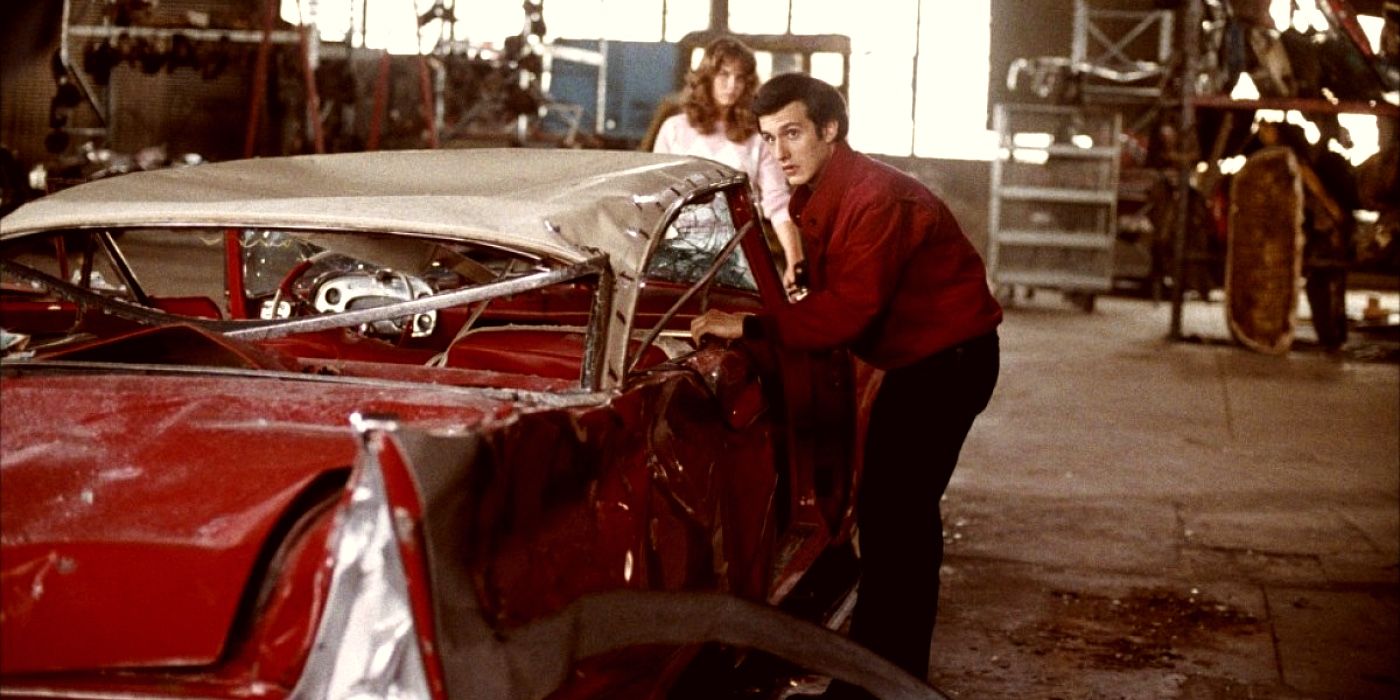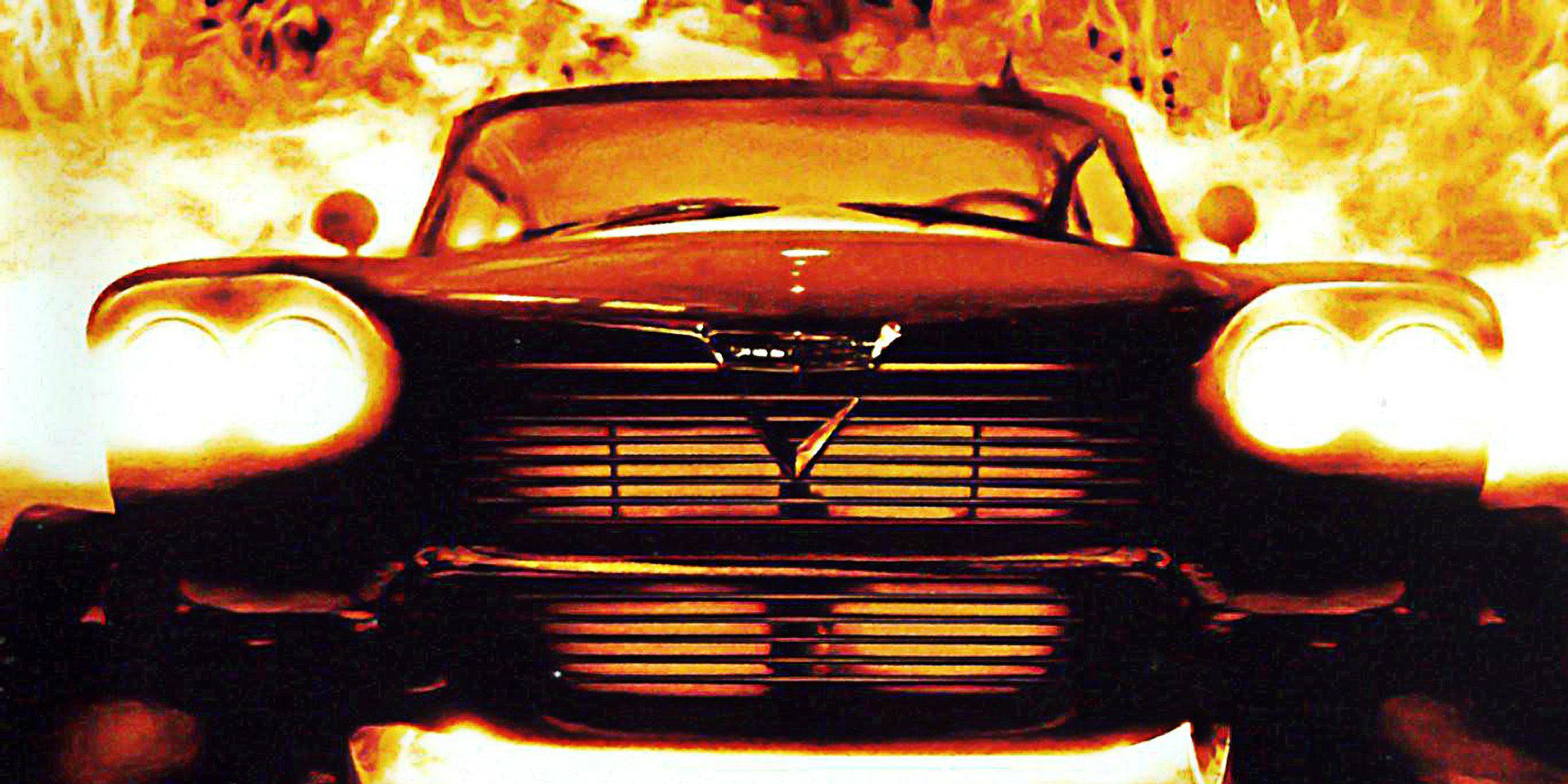John Carpenter’s adaptation of Stephen King’s novel about the killer Plymouth Fury, Christine, is a classic of 80’s horror, but what special effects fans in the genre remember more than Christine herself, is the scene where the car appears to completely repair itself right before the audience's eyes.
Christine follows an unpopular nerd, Arnie Cunningham, who buys a red Plymouth Fury named Christine and steadily develops a strange and unhealthy obsession with the vehicle, much to the shock of his only friend, Dennis. However, things get even worse when Arnie’s bully, Buddy Repperton, smashes Christine to bits, totaling the car; this causes her to suddenly puts herself back together and go on a killing spree.
The infamous scene occurs when Arnie returns to the garage and finds Christine beaten up, smashed, and generally irreparable. He breaks down, horrified at the sight of it all and not knowing how he’ll ever be able to afford to fix his car, when all of a sudden all of Christine's breaks and dents slowly start to fill back in and repair themselves right in front of him, much to his amazement.
Christine's Car Repair Scene Explained
So, how was this shot accomplished? Roy Arbogast, a Carpenter movie veteran also known for the infamous effects in The Thing and They Live, is responsible for this scene. In addition to the twenty-seven real Plymouth Furies, Belvederes, and Savoys that were purchased by the filmmakers to produce the final film, Arbogast created a plastic-paneled body double of Christine specifically designed so that it would read as metal when put on camera.
Once the body-double was complete, he installed hydraulic pumps inside and attached the pumps to cables, which were then attached to the plastic body panels of the car. When compressed, these hydraulic pumps sucked in the paneling, causing it to bend and deform, making it appear like a car panel that’s been smashed or dented.
Finally, in order to create the illusion that the car was repairing itself right before the audience's eyes, the footage of the crumpling car body was simply reversed, making it seem as if it was regaining its original form, rather than being dented and crumpled. A simple trick, but incredibly effective on screen. This scene holds up to this day as one of the most well-remembered feats of horror special effects, that was still produced fairly cheaply and easily. Furthermore, it proves how well practical effects can be translated to screen in place of CGI. Christine serves as an amazing example of what a little ingenuity and a good special effects director can contribute to a film.


